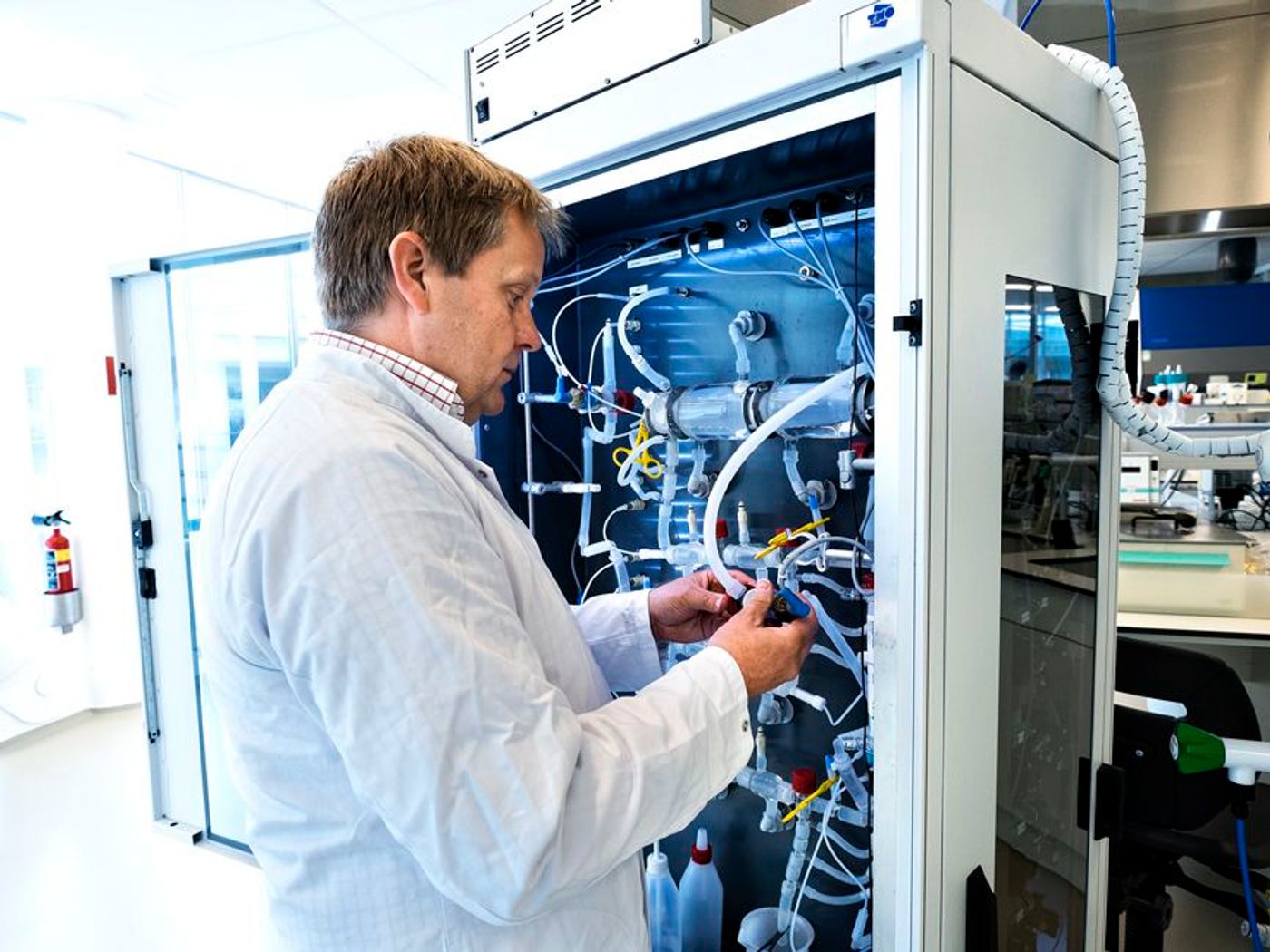Microbiome this, microbiome that. Nothing is more popular than the gut microbiome - and for good reason. Nearly every day there’s a new story describing how the gut microbiome impacts our overall health - it keeps our immune systems healthy and sends important signals to our brains.
The gut is a complex environment. Our intestines house a slurry of bacteria, host cells, and food particles. (Remember that burrito you ate last night?) This complexity makes it particularly hard to study in the lab - it’s tough to recreate the exact conditions that favor the growth of various populations of bacteria, for example. Of course, that hasn’t stopped researchers from trying.
The simplest way to study communities of gut bacteria is with short-term batch incubation - but it suffers from a number of shortcomings. Batch incubation is exactly what it sounds like, take some gut or fecal bacteria and plop it into a test tube. The problem is that waste products build up quickly, making this model less than life-like.
A second way to model the gut environment is to use a multi-compartmental continuous system. There are various types, but I’ll touch on the most interesting.
One of the earliest multi-compartmental systems is the MacFarlane/Gibson system. Here, three vessels are connected to one another. One vessel simulates the ascending colon (pH 6.0), the second vessel simulates the transverse colon (pH 6.5), and the third simulates the distal colon (pH 7.0). This system uses a growth medium that contains a “resistant starch” that can only be broken down by bacteria, making this model a bit more realistic.
A second multi-compartmental system is the SHIME (chosen because I like the name). SHIME stands for Simulator of the Human Intestinal Microbial Ecosystem. This system builds off of the MacFarlane/Gibson model, incorporating two additional culture vessels that simulate the upper digestive tract.
Last, but not least, is the TIM-2 (this acronym has a surprisingly boring definition, so I’ll spare you). This one jumped out at me because the reaction vessels are lined with a flexible silicone membrane that simulates the peristaltic movement of the gut (pictured above). It also uses dialysis membranes to filter out microbial waste products (just like the real thing!).
The bottom line is there’s no perfect system (yet). The newest model to hit the market is the HuMiX. Preliminary studies are promising, but only time will tell how this system will stand up against its predecessors.
Sources: Clinical Gastroenterology,
Science Daily









